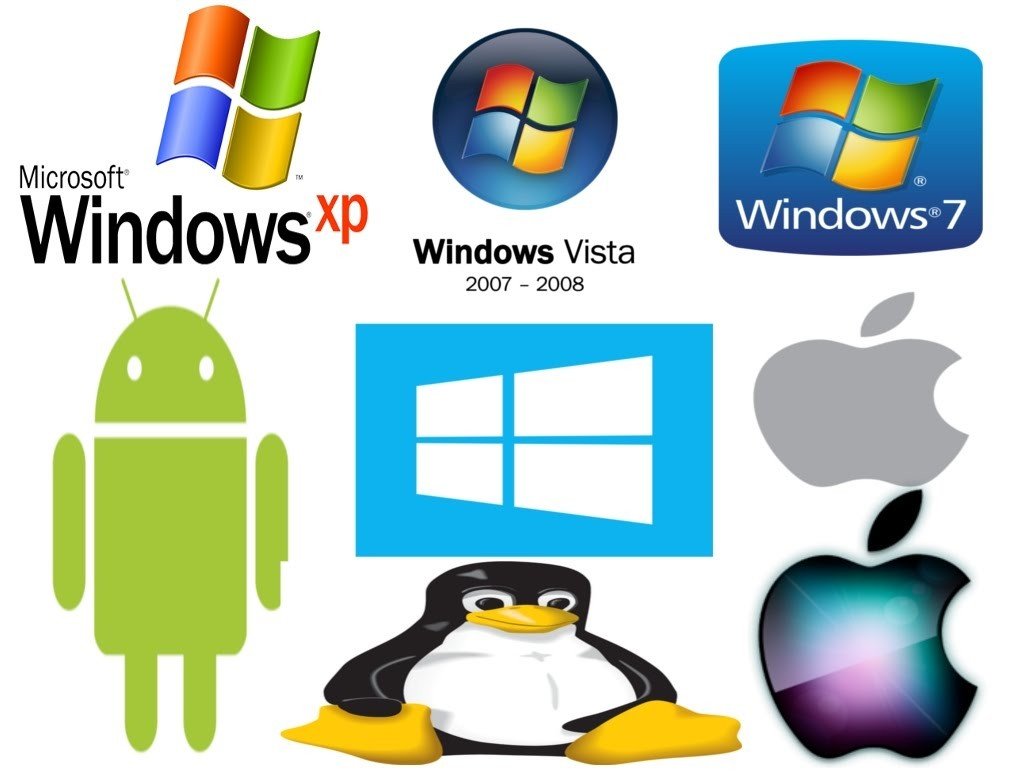Back to: COMPUTER SCIENCE SS1
Welcome to class!
In today’s class, we will be talking about computer system software. Enjoy the class!
Computer System Software

Understanding computer system software
This is in contrast to hardware; it is the invisible part of a computer system. These set of software are provided by the manufacturer to assist the computer operators/users to make the best use of their machine as distinct from the specific programs written to solve specific problems.
Software is generally categorized into two:
- System software
- Application software
System software:
This software contributes to the control and performance of the computer system. The collective name of the programs is system software or utility software. System software can further be sub-divided into – a. an operating system, b. translators, c. utilities.
The system software is a type of computer program that is designed to run a computer’s hardware and application programs. If we think of the computer system as a layered model, the system software is the interface between the hardware and user applications.
The operating system (OS) is the best-known example of system software. The OS manages all the other programs on a computer. Other examples of system software and what each does:
- The BIOS (basic input/output system) gets the computer system started after you turn it on and manages the data flow between the operating system and attached devices such as the hard disk, video adapter, keyboard, mouse, and printer.
- The boot program loads the operating system into the computer’s main memory or random access memory (RAM).
- An assembler takes basic computer instructions and converts them into a pattern of bits that the computer’s processor can use to perform its basic operations.
- A device driver controls a particular type of device that is attached to your computers, such as a keyboard or a mouse. The driver program converts the more general input/output instructions of the operating system to messages that the device type can understand.
- According to some definitions, system software also includes system utilities, such as the disk defragmenter and System Restore, and development tools such as compilers and debuggers.
Operating system:
A computer cannot understand instructions without the operating system. OS is a set of instruction (programs) designed to efficiently manage the resources of the computer system. The operating system supervises the input and output operation, communicating with the operator and allocating the computer resources to allow the operation of the computer to progress smoothly with minimum intervention.
An operating system performs these services for applications:
- In a multitasking operating system where multiple programs can be running at the same time, the operating system determines which applications should run in what order and how much time should be allowed for each application before giving another application a turn.
- It manages the sharing of internal memory among multiple applications.
- It handles input and output to and from attached hardware devices, such as hard disks, printers, and dial-up ports.
- On computers that can provide parallel processing, an operating system can manage how to divide the program so that it runs on more than one processor at a time.
- It sends messages to each application or interactive user (or to a system operator) about the status of operation and any errors that may have occurred.
- It can offload the management of what are called batch jobs (for example, printing) so that the initiating application is freed from this work.
Self-evaluation:
- The computer system software is the ___ part of the computer
(a) visible (b) invisible (c) hard (d) soft - Software contributes to the ____ and ____ of the computer system
(a) hard and soft(b) clean and unclean (c) straight and crooked (d) control and performance - The set of instructions designed to efficiently manage the resources of the computer system is known as (a) conducting system (b) producing system (c) software system (d) operating system
- Examples of operating systems are the following except (a) MS-DOS (b) Noval
(c) Doors (d) Windows - RAM means (a) Routing Access Memory (b) Return Access Memory (c) Round Access Memory (d) Random Access Memory
In our next class, we will be talking about the Examples and Functions of Operating System. We hope you enjoyed the class.
Should you have any further question, feel free to ask in the comment section below and trust us to respond as soon as possible.

Thank you so much.
Thismake a whole lot of sense.